Supportive Government Policies
Government policies aimed at reducing plastic waste and promoting sustainable materials are acting as a catalyst for the Polyhydroxyalkanoate Market. Various countries are implementing regulations that encourage the use of biodegradable materials, including polyhydroxyalkanoate. For instance, initiatives such as tax incentives for companies using sustainable materials and bans on single-use plastics are becoming more prevalent. These regulatory frameworks not only create a favorable environment for the growth of the polyhydroxyalkanoate sector but also stimulate research and development efforts. As a result, the Polyhydroxyalkanoate Market is likely to experience accelerated growth due to these supportive measures.
Innovations in Production Technologies
Technological advancements in the production of polyhydroxyalkanoate are significantly influencing the Polyhydroxyalkanoate Market. Innovations such as improved fermentation processes and the use of genetically modified organisms for higher yield production are emerging. These advancements not only enhance the efficiency of polyhydroxyalkanoate production but also reduce costs, making it a more viable option for manufacturers. Recent studies indicate that production costs could decrease by up to 30% with these new technologies, thereby increasing the competitiveness of polyhydroxyalkanoate against traditional plastics. This technological evolution is likely to attract more investments into the Polyhydroxyalkanoate Market.
Rising Demand for Biodegradable Plastics
The increasing awareness regarding environmental issues has led to a rising demand for biodegradable plastics, which is a key driver for the Polyhydroxyalkanoate Market. As consumers and businesses alike seek sustainable alternatives to conventional plastics, the market for polyhydroxyalkanoate is expected to expand. According to recent estimates, the biodegradable plastics market is projected to reach USD 20 billion by 2026, with polyhydroxyalkanoate playing a crucial role in this growth. This shift towards eco-friendly materials is not merely a trend but appears to be a fundamental change in consumer behavior, thereby propelling the Polyhydroxyalkanoate Market forward.
Consumer Preference for Eco-Friendly Products
There is a noticeable shift in consumer preferences towards eco-friendly products, which is significantly impacting the Polyhydroxyalkanoate Market. As consumers become more environmentally conscious, they are increasingly opting for products made from sustainable materials. This trend is evident in various sectors, including fashion, food, and consumer goods, where brands are responding by incorporating polyhydroxyalkanoate into their offerings. Market Research Future indicates that nearly 70% of consumers are willing to pay a premium for sustainable products, thereby creating a lucrative opportunity for the polyhydroxyalkanoate sector. This consumer-driven demand is likely to propel the growth of the Polyhydroxyalkanoate Market in the coming years.
Increasing Applications in Various Industries
The versatility of polyhydroxyalkanoate is driving its adoption across multiple industries, thereby enhancing the Polyhydroxyalkanoate Market. Applications range from packaging materials to medical devices, showcasing the material's adaptability. For example, the food packaging sector is increasingly utilizing polyhydroxyalkanoate due to its biodegradability and safety for food contact. Market analysis suggests that the packaging segment alone could account for over 40% of the total polyhydroxyalkanoate demand by 2025. This broad applicability not only diversifies the market but also solidifies polyhydroxyalkanoate's position as a key player in the sustainable materials landscape.
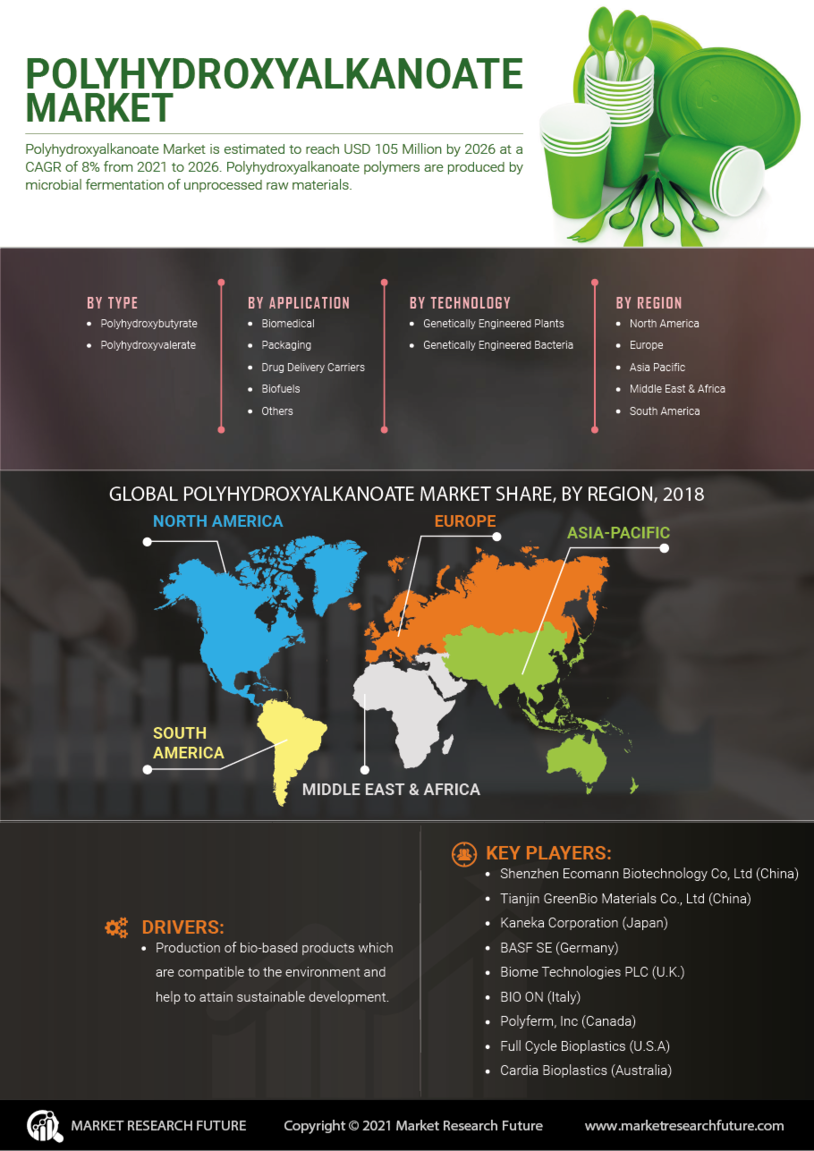

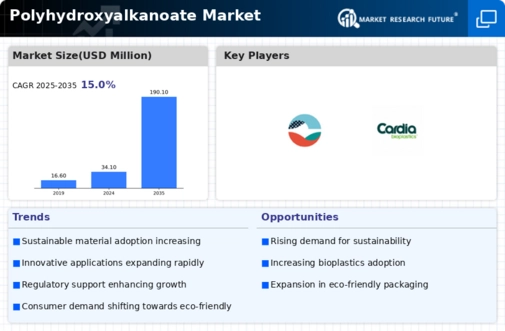

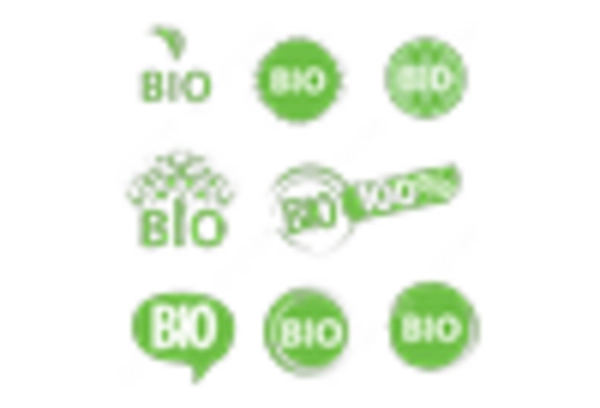
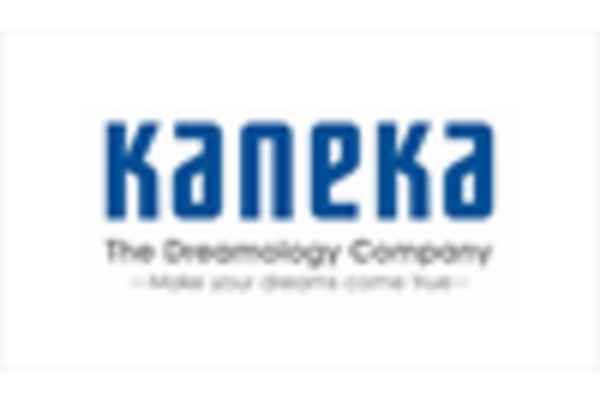
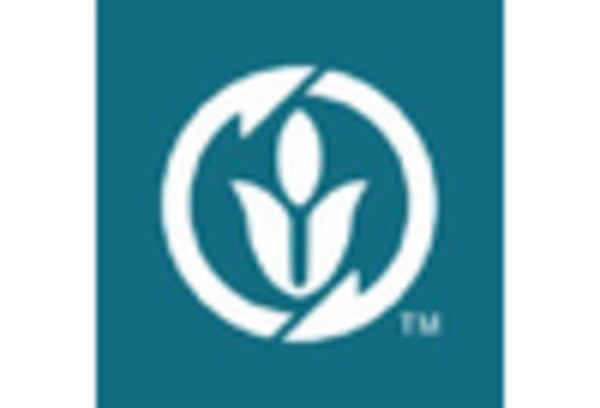
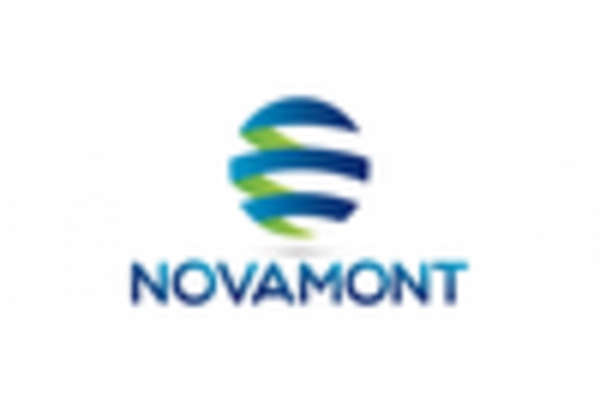









Leave a Comment